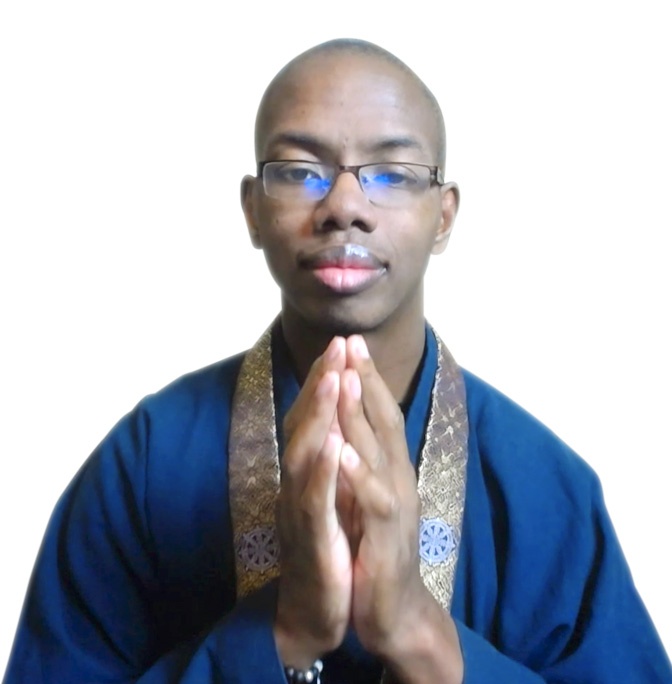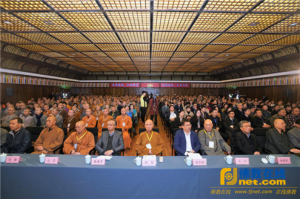
What is the purpose of life? This question has for centuries stumped philosophers and kept weary souls up at night. Unlike our animal counterparts, humans are unable to let this present moment be “enough.” We always want one more thing to make it better.
Sometimes, that thing may be a new job or fancy clothes. At other times, it’s the recognition of our peers or a bit more money in our bank account. Human beings have an innate urge to strive for something more.
And when we ask the question, “What is the purpose of life?” What we’re really asking is, “What should I be striving for?”
Which is to say, our search for purpose is the search for a singular desire that, once fulfilled, will justify all of the hardships we’ve experienced.
In Buddhist circles, a common response to this inquiry is that life has no purpose. The teachers who operate under this assumption posit that if desire is the source of suffering, then ridding ourselves of all desires—including a desire for purpose—will lead to happiness.
But this thinking is reductive and wrong.
Also, it doesn’t fit with traditional Buddhist teachings. If life has no purpose, why did the Buddha go out into the world and teach the Dharma after he realized enlightenment? If life has no purpose, why do the bodhisattvas refuse to enter into parinirvana until all sentient beings are saved from suffering?
In order to answer these questions, we must look at the Trikaya doctrine of Mahayana Buddhism, which states that all sentient beings are manifestations of the Dharmakaya (wisdom-body) of the Buddha.
Thus, when we look on other sentient beings, we are looking on ourselves. Any separation we might see is an illusion.
To put it in less metaphysical terms, in the same way that we might see our father’s eyes or our mother’s hips when we look in the mirror because we were born out of their union, a Buddhist sees aspects of the Buddha in every living thing because we’re all born out of the Dharmakaya. In this way, we look at other people and see our own face.
It is accepted a priori that all living beings work for their own benefit. In a strictly material sense, this is the purpose of life. We work to survive and we work to end our own suffering.
That’s why every animal on earth eats when it’s hungry, sleeps when it’s tired, and seeks shelter when it’s caught in a storm. They understand innately that the purpose of life is to keep on living as well and for as long as they can.
Buddhists, however, take this understanding a step further. We understand that “I” is not restricted to our human body. Rather, it also exists in every living being we see.
Thus, the purpose of the Buddhist pracitioner’s life isn’t simply to ensure that we live as long and as well as we can. We must also do the same for others.
And it is through acts of service—feeding the hungry, clothing the naked, healing the sick, and so on—that we live out the purpose of our lives. Because it is through acts such as these that we honor the Buddha that lives both in other sentient beings and in ourselves.
Doctrinally, the purpose of the Buddhist life can be found in the Bodhisattva Vows, which state:
Sentient beings are numberless; I’ll save them
Delusions are endless; I’ll see through them
The teachings are infinite; I’ll learn them
The Buddha way is difficult; I’ll walk the path
When we study the Bodhisattva Vows, we find four focal points where we can direct our attention whenever we feel confused about how to proceed in life.
When we make the commitment to live in service to others, when we study the Buddha’s wisdom and work to cleanse the delusions from our mind, we end suffering in our own life. Additionally, we make ourselves better able to see and capitalize on opportunities to end suffering in the lives of others.
In this way, we never have to question, “What is the purpose of life?” We just need to walk the path that the Buddha laid out for us 2,600 years ago. If we do this, the rest naturally takes care of itself.
Even better, we can see the fruits of our labor in daily life. Each time we look around and see our pets sleeping peacefully, our children enjoying a meal, or our co-workers making progress on a problem that we helped them to solve, we know we are living our life’s purpose.
This is because we are working for the benefit of all living beings, and we’re bearing witness to the success of that work.
In this way, acts of service are much more than just a means to an end. They are the path to a satisfying, purpose filled life.
Namu Amida Butsu
Related features from BDG
Living a Life without Purpose
Promise of Peace
Promise to Make the Most of Your Life
The Zen of Impact: Contemplating the Purpose of Capital
The Purpose of Life and the Great Vow of Amitabha Buddha
The purpose of life in Mahāyāna Buddhism












